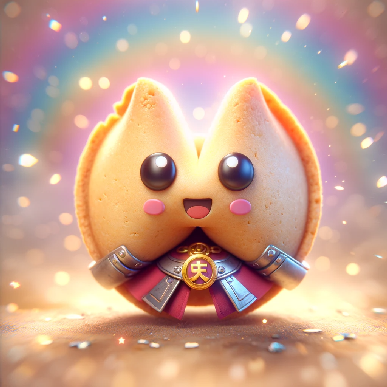9 Fun Ways To Breathe New Life Into Your Loyalty Program
jodithepug
Posted on November 1, 2023 - 0 Comments
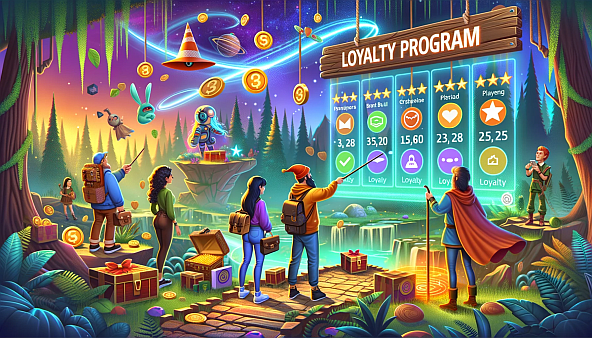
by Steve Bocska
In an era where customer engagement is king, it’s astounding how many brands, particularly those with significant loyalty programs, have not fully exploited the potential of gamification and video game mechanics. These techniques, if well-implemented, can radically transform the way customers interact with loyalty programs, turning routine transactions into exciting experiences. Let’s delve deeper into how this transformation can take place.
1. Level-Up System:
The idea of a level-up system in loyalty programs is not just about progression but also about emotional engagement. Customers would start as novices and, through their purchases and interactions, progress to higher tiers. Each tier could offer progressively better rewards, like exclusive access to sales or special customer service privileges. This system mirrors the rewarding experience in games like “World of Warcraft,” where leveling up brings not just skills but also status and recognition within the game’s community.
2. Quests and Missions:
Implementing quests and missions can transform mundane shopping tasks into exciting adventures. For instance, a company like Starbucks could introduce a series of seasonal challenges – “The Summer Frappuccino Journey” – where customers earn rewards for trying each flavor in a limited time. These tasks encourage exploration and repeated engagement, akin to quests in games like “The Legend of Zelda,” where each completed task brings a sense of accomplishment and often reveals a piece of a larger story.
3. Personalization and Avatars:
By allowing customers to create their own profiles or avatars, brands can make the loyalty experience more personal and engaging. In video games, avatar customization, as seen in “The Sims,” allows players to see themselves in the game. Similarly, a personalized loyalty avatar could reflect the customer’s preferences and achievements, making each interaction with the brand more meaningful.
4. Interactive Storytelling:
Integrating a storyline into the loyalty program can significantly enhance customer engagement. Imagine Target Circle weaving a narrative where each purchase unlocks a part of a story or contributes to a community goal. This approach, similar to the immersive worlds of games like “Final Fantasy,” turns each shopping trip into a chapter of a larger narrative, driving emotional investment and loyalty.
5. Complex Achievements and Meaningful Badges:
Badges and achievements should go beyond simple transactional rewards. They should symbolize accomplishments that customers are proud to display. For instance, a “Global Taster” badge for customers who try international food items at Target could mirror the achievement badges in platforms like Xbox Live, which players earn for significant accomplishments and proudly showcase on their profiles.
6. Limited-Time Events and Challenges:
Seasonal events in video games like “Fortnite” create a sense of urgency and community. Starbucks, for example, could capitalize on this by introducing limited-time menu items or “secret menu” challenges, encouraging customers to visit more often to not miss out, much like limited-time events in gaming.
7. Leaderboards and Competitions:
Leaderboards can add a competitive edge to shopping. For example, customers could compete for a top spot in categories like ‘Most Eco-Friendly Purchases’. This competitive aspect, inspired by games like “Call of Duty,” can drive engagement and foster a sense of community among participants.
8. Community and Social Features:
Building communities within loyalty programs, where customers can share experiences, tips, or even form teams for challenges, can greatly enhance engagement. This approach mirrors the social aspects of games like “Minecraft,” where communities form around shared interests and goals.
9. Easter Eggs and Secrets:
Hidden features or surprises can create a buzz and deepen customer engagement. Similar to easter eggs in games like “Grand Theft Auto,” these could be secret discounts, exclusive access to events, or special items that customers can unlock by certain actions or purchases.
By incorporating these video game-inspired techniques, brands can breathe new life into their loyalty programs, creating experiences that are not only rewarding but also genuinely engaging and enjoyable. This innovative approach could be a game-changer in the realm of customer loyalty, setting apart forward-thinking brands from their competition. The question now is not whether this can be done, but who will be bold enough to lead the charge in this exciting new direction of customer engagement.
Keep Reading...
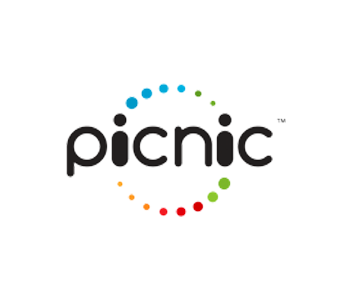
World of PUG Blog April 3, 2024
PUG Announces Launch of AI-Driven Intelligent Rewards System (IRS)
by Steve BocskaPress ReleaseFOR IMMEDIATE RELEASEPUG Interactive Launches Intelligent Rewards
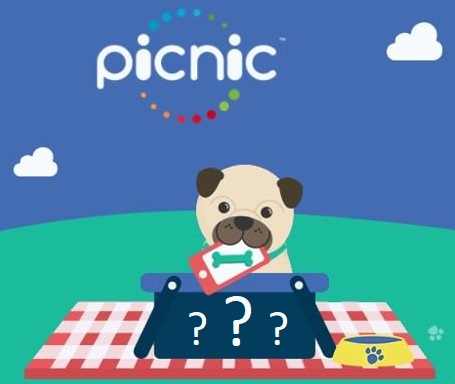
World of PUG Blog April 3, 2024
PUG Interactive Unveils InsightPulse: A Revolutionary Predictive AI Analytics Dashboard
by Steve BocskaPress ReleaseFOR IMMEDIATE RELEASEPUG Interactive Unveils InsightPulse: A
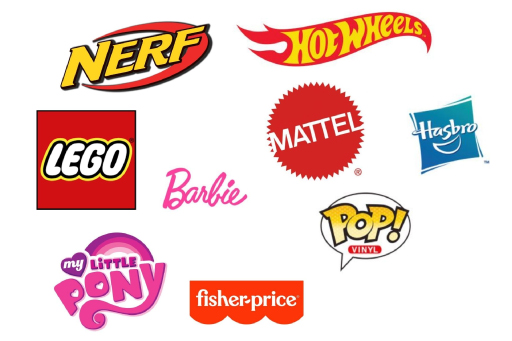
World of PUG Blog March 21, 2024
Building Bonds: The Future of Family-Focused Loyalty Programs
by Steve BocskaThe children's toy industry, home to iconic brands


